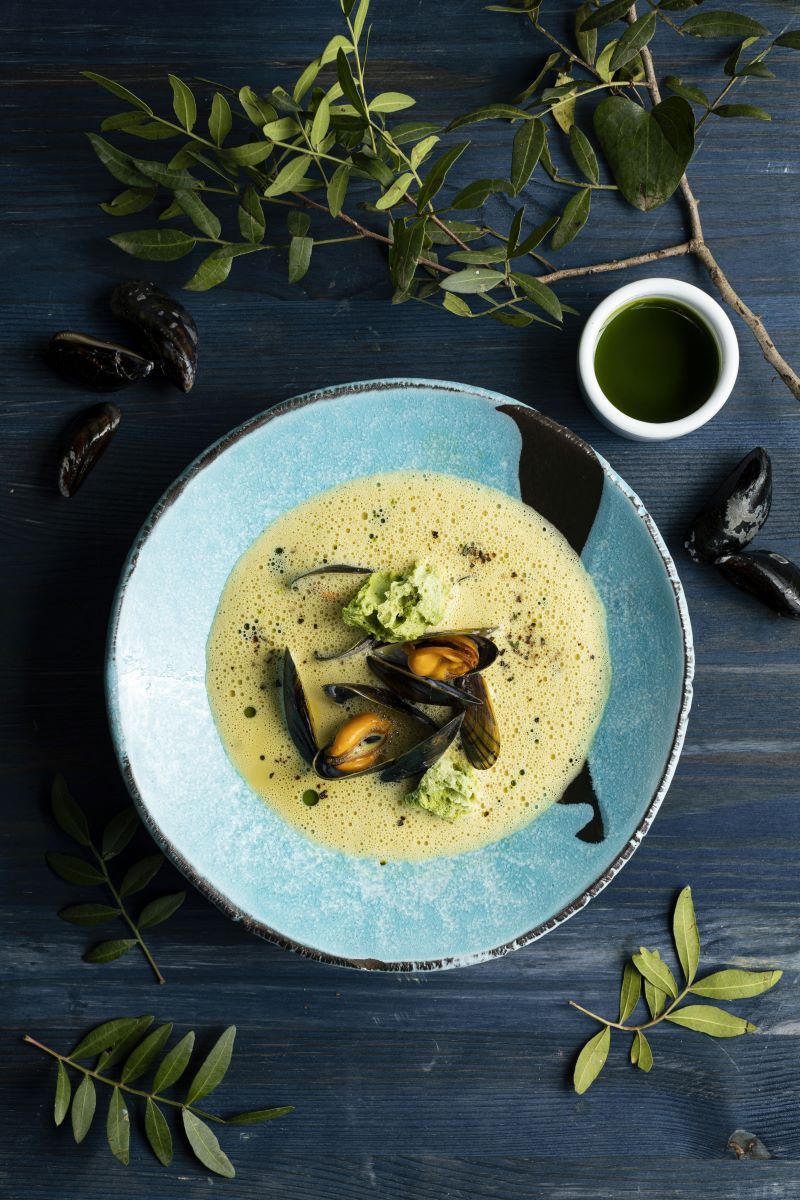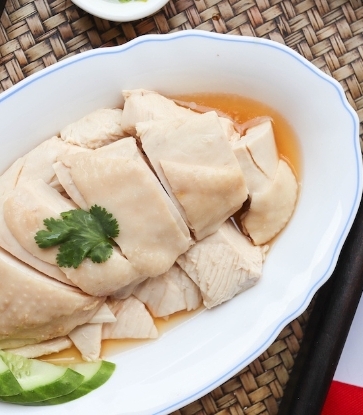What is Cze Char
Derived from the Hokkien words for cooking (煮) and frying (炒), cze char is a uniquely Singaporean dining term that has come to refer to an extensive mish-mash of dishes cooked to order, based loosely on Chinese cooking, with plenty of Malay, Indian and Peranakan influences (think sambal stingray and fish head curry). More elaborate and expensive than hawker fare, but cheaper and lacking the polished presentation of upscale Chinese restaurants, cze char stalls typically open only at dinner time, and many operate late into the night.
In the massive and ever-expanding repertoire of a cze char chef, premium ingredients like crabs and fancy oyster and Japanese enoki mushrooms feature alongside humble classics like the hot plate beancurd, prawn paste chicken and sambal kangkong that no self-respecting cze char menu will leave out.
Newer establishments may be better known for innovative dishes, which might end as passing fads (dough fritters stuffed with squid paste, perhaps?) or endure on, as salted egg prawns have, to be enshrined as classics in their own right.
A Brief History of Cze Char
To modern Singaporeans, cze char is closely associated with HDB eating houses (kopitiams), where the vast majority of cze char stalls are located.
But the oldest surviving cze char outlets, like Ka Soh (which dates back to 1939) and Kok Sen (which opened in the 1960s), were stand-alone restaurants that managed to snag ground-floor shophouse units in the good old days before property prices skyrocketed. Unlike the itinerant hawkers who still plied the streets with their food carts and shoulder poles, they had the permanent setup to create extensive and elaborate menus, along with the heftier price tags these dishes could command.
In the 1980s and 1990s, emerging cze char outlets had to settle for spaces in HDB estates, like New Ubin Seafood, which left its Kelong premises on Pulau Ubin in 1992 to move to a kopitiam on the mainland. Successful cze char businesses have often “upgraded” their premises by renting more shop space or installing air conditioning, but many of the best ones, like JB Ah Meng have eschewed such comforts in favour of retaining that authentic home-style dining experience.

How to enjoy it
Cze char is all about variety. Go alone, and you’ll be stuck finishing an entire serving of prawn paste chicken with plain rice - save that for takeaway. With a group of four to ten, you’ll be able to sample a decent spread and not worry about finishing whatever doesn’t take your fancy.
If you're a cze char newbie, tag along with someone who's well-versed with the basics, or navigating the menu will leave you starving and exhausted. Always check the price before ordering fancier items like crabs and seasonal catches - so you won't end your meal with a nasty surprise.
And be sure to order rice. You might think that san lou hor fun (rice noodles with beansprouts and sliced fish) has enough carbs, but a good half of cze char classics are all about the sauce, and you can’t beat plain white jasmine rice for super absorbency and a neutral taste that makes the most of a lip-smacking sauce.



















